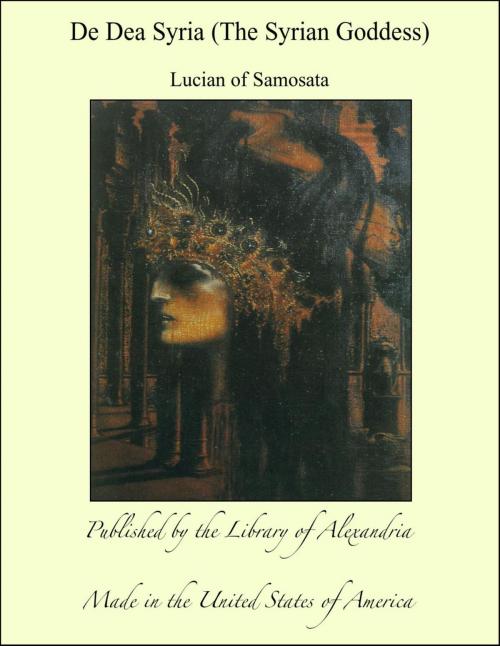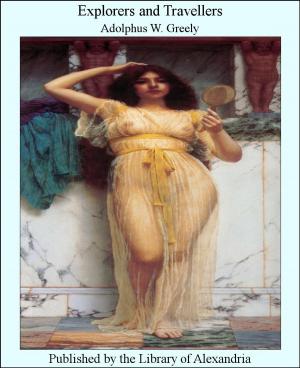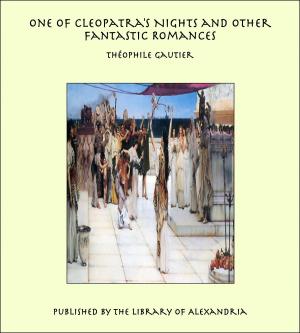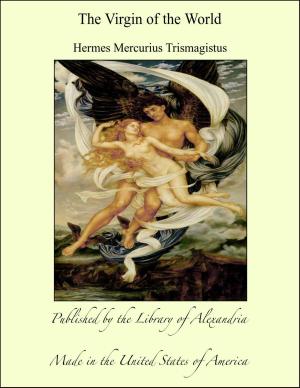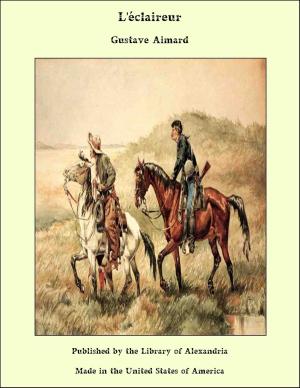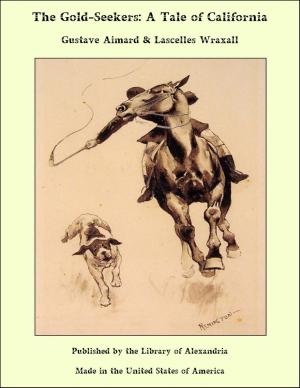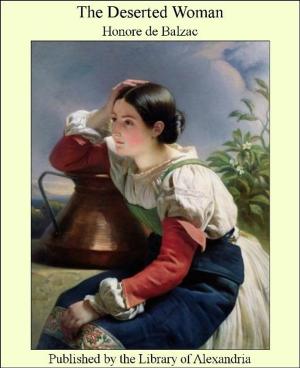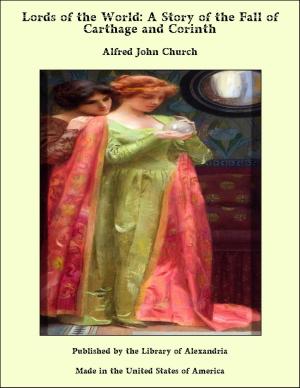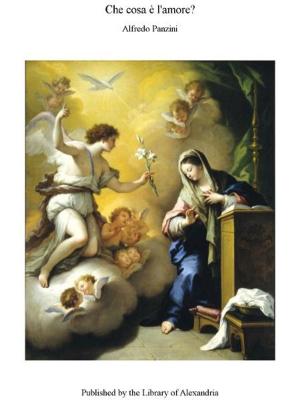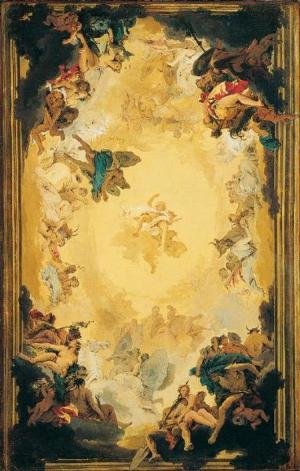De Dea Syria (The Syrian Goddess)
Nonfiction, Religion & Spirituality, New Age, History, Fiction & Literature| Author: | Lucian of Samosata | ISBN: | 9781465574640 |
| Publisher: | Library of Alexandria | Publication: | March 8, 2015 |
| Imprint: | Language: | English |
| Author: | Lucian of Samosata |
| ISBN: | 9781465574640 |
| Publisher: | Library of Alexandria |
| Publication: | March 8, 2015 |
| Imprint: | |
| Language: | English |
To the student of oriental religions the Dea Syria is brimful of interest. It describes the cult and worship of the goddess of Northern Syria, Atargatis, at her sacred city, Hierapolis, now Mumbij. The time when Lucian wrote would be the middle of the second century B.C. We do not see any reason to reject the traditional authorship of the treatise: on the contrary, the work seems to reveal the famous satirist at home, taking a natural interest in local memories and institutions, while making, doubtless, mental notes that were to prove of use in the works for which he is best known. Of the many writers who refer to the Dea Syria, no one dwells upon the fundamental character of the cult at Hierapolis, nor deals with the problem of its historical origins. It is this aspect of inquiry, therefore, with which we chiefly deal in the Introduction and the foot notes. Lucian's description, amplified by the later account of Macrobius, and further illustrated by the local coinage of Hierapolis, reveals the central cult as that of a divine pair. The male god, a form of Hadad, is symbolised by the bull, and is hence both "Lord of Heaven" and "Creator." The female deity is shown by her very name, "Atargatis," to be a form of Ishtar or Astarte. Being mated with the god, whom Lucian calls "Zeus," she is called by him "Hera": but she wears a mural crown, and is symbolised by the lion; and Lucian recognises in her traces of Kybele, Aphrodite, Artemis, and other aspects of the Mother Goddess. An examination of the materials which modern research has made available, shows this cult to be attributable historically to the Hittites, the earliest known masters of the soil. The argument is developed in our Introduction.
To the student of oriental religions the Dea Syria is brimful of interest. It describes the cult and worship of the goddess of Northern Syria, Atargatis, at her sacred city, Hierapolis, now Mumbij. The time when Lucian wrote would be the middle of the second century B.C. We do not see any reason to reject the traditional authorship of the treatise: on the contrary, the work seems to reveal the famous satirist at home, taking a natural interest in local memories and institutions, while making, doubtless, mental notes that were to prove of use in the works for which he is best known. Of the many writers who refer to the Dea Syria, no one dwells upon the fundamental character of the cult at Hierapolis, nor deals with the problem of its historical origins. It is this aspect of inquiry, therefore, with which we chiefly deal in the Introduction and the foot notes. Lucian's description, amplified by the later account of Macrobius, and further illustrated by the local coinage of Hierapolis, reveals the central cult as that of a divine pair. The male god, a form of Hadad, is symbolised by the bull, and is hence both "Lord of Heaven" and "Creator." The female deity is shown by her very name, "Atargatis," to be a form of Ishtar or Astarte. Being mated with the god, whom Lucian calls "Zeus," she is called by him "Hera": but she wears a mural crown, and is symbolised by the lion; and Lucian recognises in her traces of Kybele, Aphrodite, Artemis, and other aspects of the Mother Goddess. An examination of the materials which modern research has made available, shows this cult to be attributable historically to the Hittites, the earliest known masters of the soil. The argument is developed in our Introduction.
